4min 53s Novice
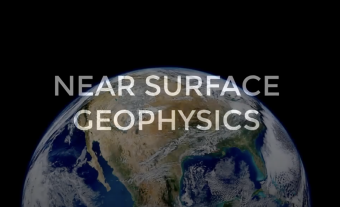
Near-surface geophysics focuses on how the environment (soil, water, air) and human-made activities (mining, archaeology, agricultural practices, etc.) interact just below the surface of the Earth. Near-surface geophysics applications include how surficial processes affect groundwater, how near-surface fault zones and structures affect the stability of utilities and infrastructure, and even in forensic applications. This sector is suitable for those who want to study how humans and their impact can affect natural processes. Near-surface geophysics can involve field work, both in remote or urban areas, computer modeling, and interpretation of natural processes using specific tools, such as Ground Penetrating Radar (GPR) and electrical resistivity tomography (ERT), and has wide applications for the energy and power sectors. This video was made in through collaboration between IRIS and North Carolina State University.
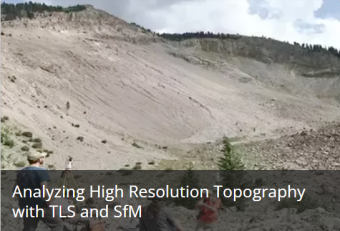
In this module students learn to conduct terrestrial laser scanner (TLS) and/or Structure from Motion (SfM) surveys to address real field research questions of importance to society. Both geodetic methods generate high resolution topographic data and have widespread research applications in geodesy, geomorphology, structural geology, and more.
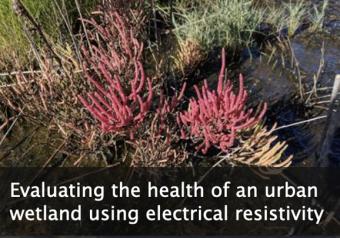
This module emphasizes how electrical resistivity is used as a proxy for measuring salinity in a wetland just outside of New York City, and how the presence of an indicator species is used as a proxy for ecosystem health. Comparing these data illustrates how cities impact the environments around them.
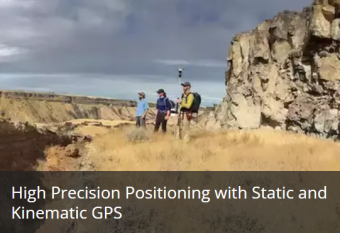
This module introduces students to global navigation satellite systems (GNSS, a more universal term than GPS). It focuses on static and kinematic methods, and shows examples for use in measuring topography and change detection.
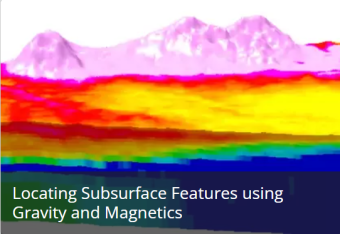
This module discusses gravity and magnetics geophysics field techniques and how to use them, including identifying buried objects and exploring the environment.
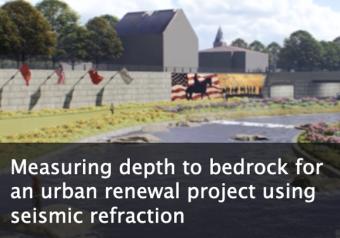
This module emphasizes how seismic methods are used to address problems or answer questions that apply to our everyday lives. Authentic datasets are used throughout the module, even for the simplest exercises. This allows students to grapple with the challenges of real data sets, where there is an element of interpretation in choosing where and how to measure variables.
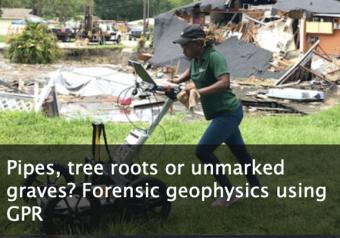
This module considers the capabilities and limitations of ground-penetrating radar (GPR) in urban/highly developed settings and for forensic applications. Students are asked to draw on their current understanding of common medical imaging methods and draw comparisons to GPR.
We encourage the reuse and dissemination of the material on this site as long as attribution is retained. To this end the material on this site, unless otherwise noted, is offered under Creative Commons Attribution (CC BY 4.0) license